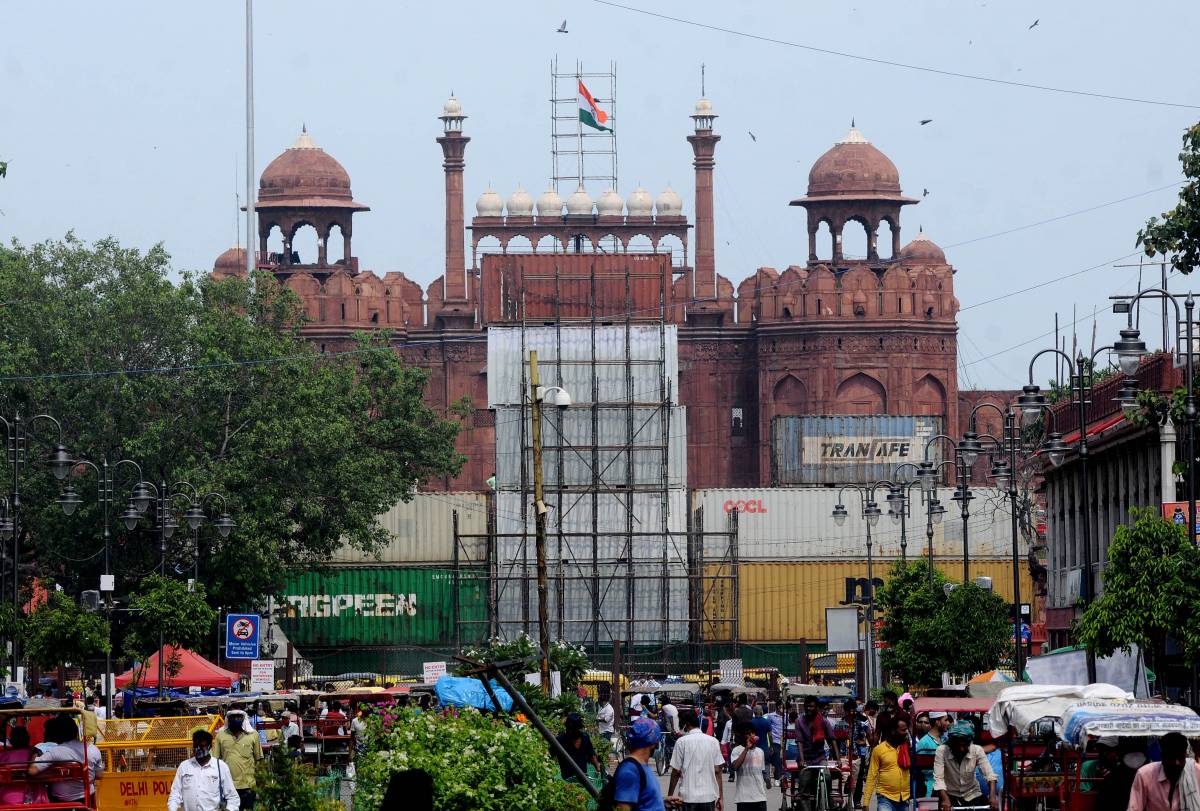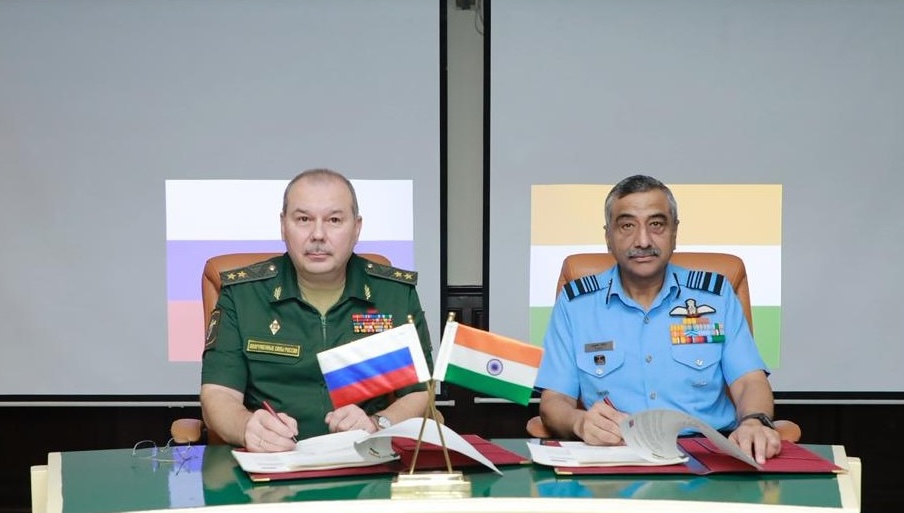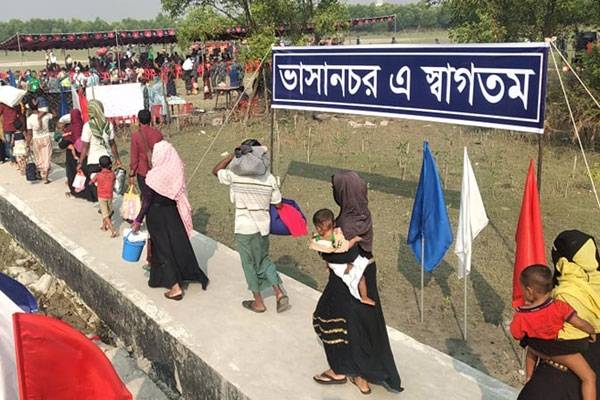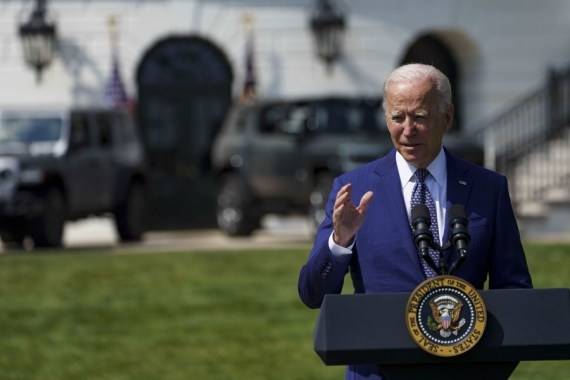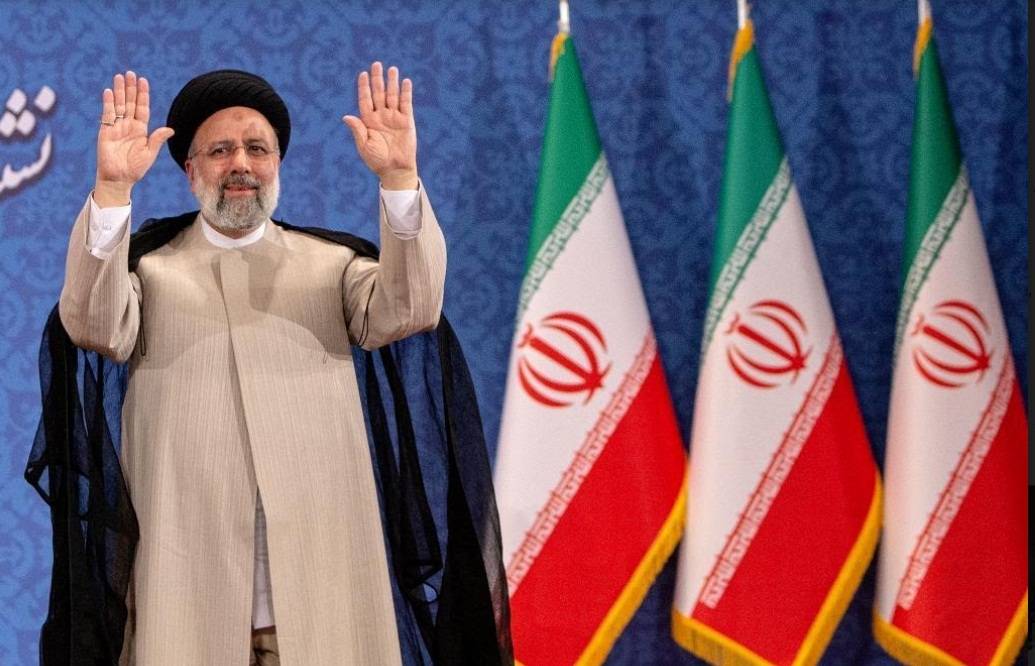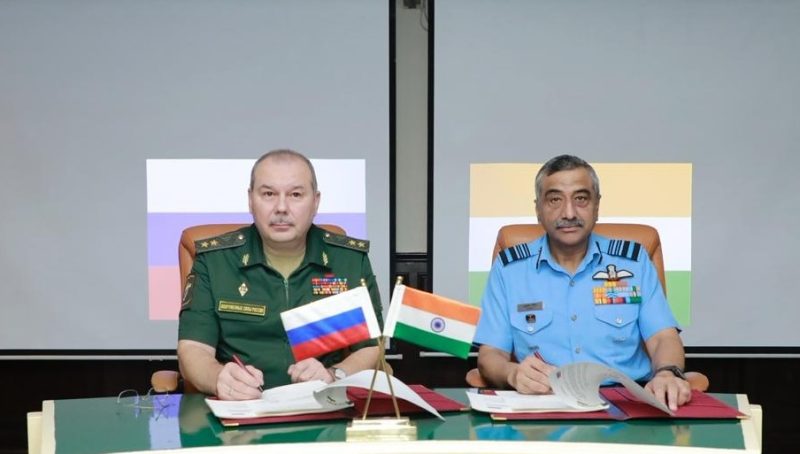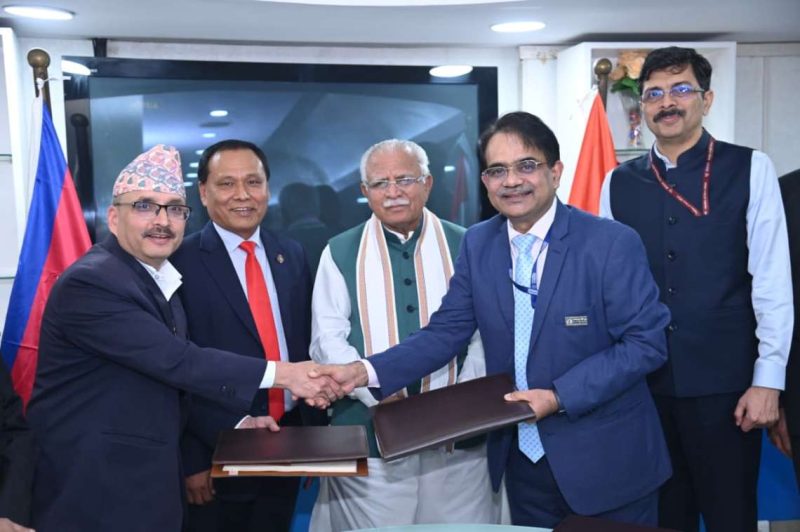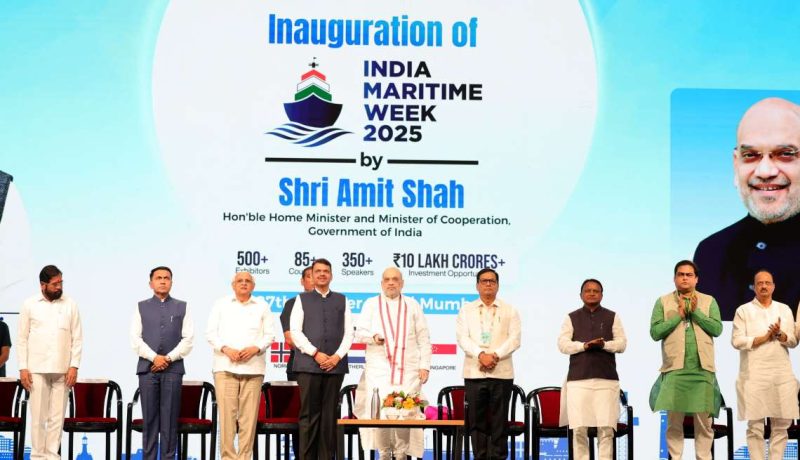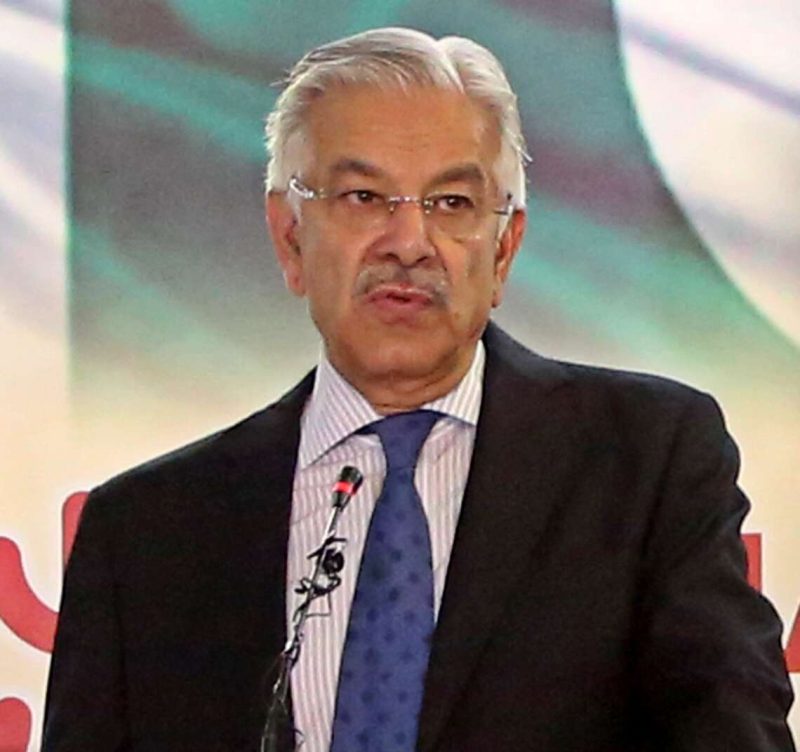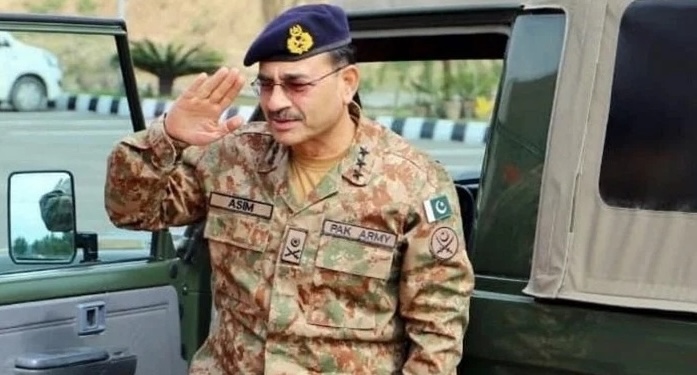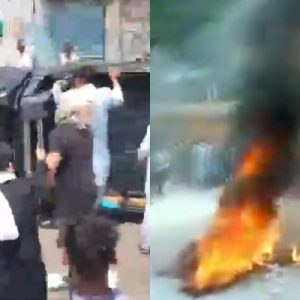Intelligence reports suggest “Khalistan” elements from US and Canada, may disrupt the August 15 event at Delhi’s Red Fort, reports Asian Lite News
A week ahead of India’s Independence Day, intelligence generated by the security agencies has warned that “Khalistan” elements from the United States and Canada, who have infiltrated the farmers’ protests may disrupt the August 15 event at Delhi’s Red Fort.
The news comes even as the country’s capital is on an alert. Last month, the Delhi Police was put on alert following information that major terror activity that can be executed with the help of drones.
Meanwhile, intelligence inputs suggest that US-based Gurpatwant Singh Pannun and the ISI-backed organization that he represents, “Sikhs for Justice”, have called upon their supporters to “clog” Delhi roads with tractors and ensure that Prime Minister Narendra Modi is unable to hoist the Tricolour at the Red Fort. It may be noted that the SFJ has been silent on the atrocities committed on the Sikh community in Pakistan, mistreatment that is continuing to the present to silence from G.S. Pannun.
Besides specific operation in Delhi, the ISI-backed “Khalistan” organizations, of which Pannun is a part, have exhorted their supporters to ensure no flag hoisting happens in Punjab, Kashmir, West Bengal, Assam and Maharashtra. Their plan, according to officials, is to create a law and order situation in and around the Red Fort area by converging in the region from different sides of Delhi on tractor.

An official said that if these elements are unable to gather tractors for the purpose, they will try to take control of public transport like buses and create a law and order situation in the heart of Delhi. This is intended so that PM Modi is unable to reach the designated place (Red Fort) to hoist the Tricolour.
Seven month ago, supporters of a Khalistani state, who embedded themselves among the protesting farmers, stormed the Red Fort on 26 January and hoisted a religious flag from the ramparts of the fort. Videos of the violence that surfaced later showed scores of policemen being assaulted with sticks and rods by the protesters. Interestingly, the international media seems to have shut their eyes to any such actions, backing the cause of those who seek to repeat the violence that was perpetrated on Punjab and in the country earlier in the name of “Khalistan”. This had happened on the day when the security cover in and around Delhi is the strictest.
The protesters, most of them unarmed, had broken through steel and cement barricades erected by the Delhi police to stop them from entering sensitive areas. Security agencies, having learnt lessons from the experience of 26 January, have devised new strategies to ensure that no untoward incident happens this time.
“Even if there are 50 disruptive elements in a crowd of 5,000, these 50 become a potent force. The intel indicates what the ISI-backed ‘Khalistan’ infiltrators intend to do by keeping the farmers on the front,” an official aware of the situation said. It may be mentioned that a liberal policy of giving visas even to those known in the past to have been enthusiastic backers of the Pakistan military strategy of creating violence in the name of “Khalistan” had been followed for some years, although wiser counsel seems to have prevailed since last year’s violent scenes in the National Capital Region.

Besides, the Anti-Terror Squad (ATS) in Uttar Pradesh arrested a total of five terrorists linked with Al Qaeda from Lucknow and recovered suspicious material from the house they were hiding in. The ATS in Lucknow had received an intel report about a major terror strike plan.
Delhi Police Commissioner Balaji Srivastava has already conducted a city-wide patrolling visiting the borders and Red Fort area in the capital to check the security arrangements. The Delhi Police Commission, along with senior officers inspected arrangements at Singhu, Tikri and Ghazipur borders besides the Red Fort and Parliament vicinities, a statement read.
Special training has also been imparted on the Delhi Police and other security forces in the national capital to deal with UAV (unmanned aerial vehicle) attacks, including soft kill and hard kill training.
Moreover, the Indian Air Force has launched a special drone control room and doubled the number of anti-drone systems at the Red Fort before Independence Day.


